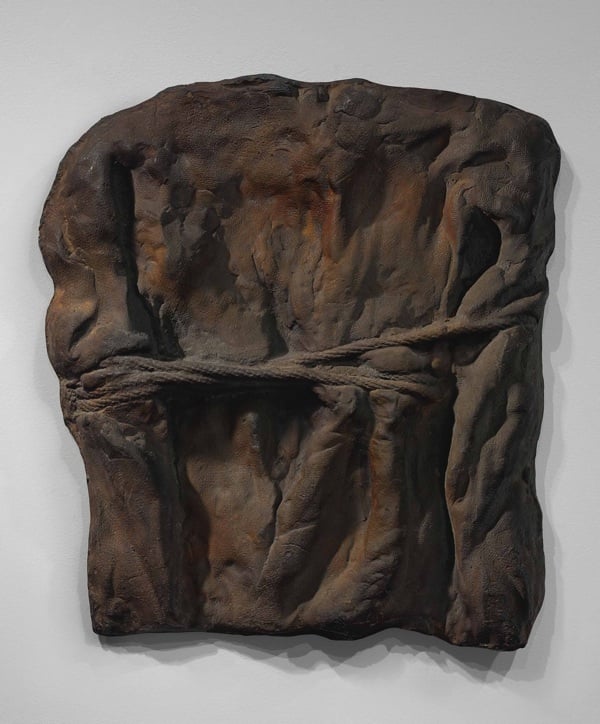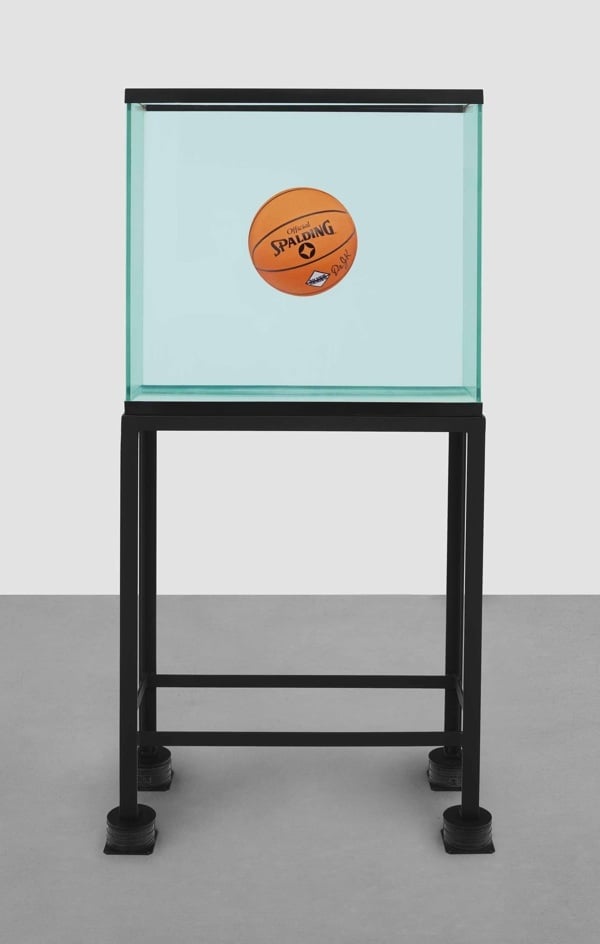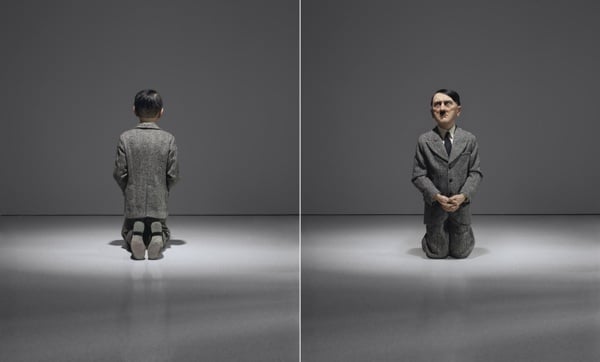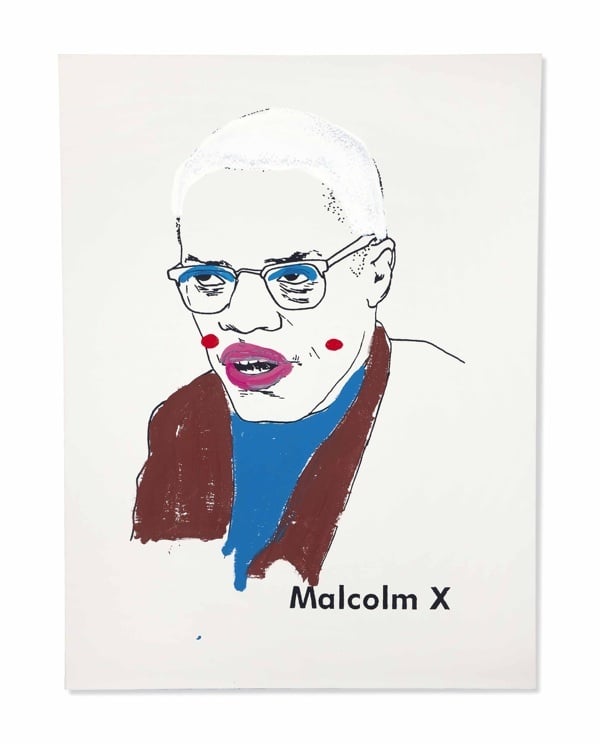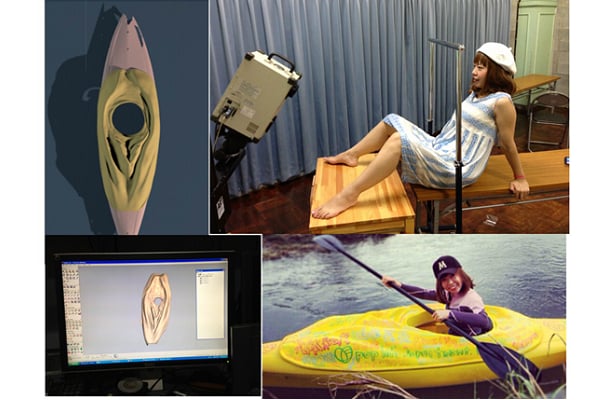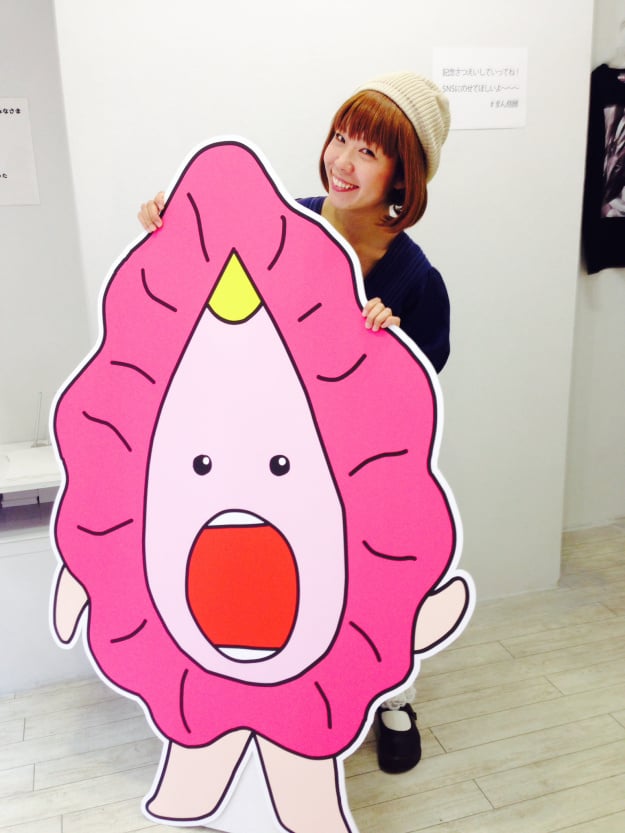Art dealer Kenneth Hendel recently found himself in a sticky situation: He was in possession of stolen art. The Florida-based dealer purchased a painting by
Picasso after it failed to sell at auction. After the purchase, Wilma “Billie” Tisch, the rightful owner, discovered the painting’s whereabouts and demanded its return. Hendel claims that he is now the rightful owner. The dealer is confident that he will not be forced to return the work because he is working under the assumption that Florida law protects his purchase. He
claims that “the piece belongs to the last person who purchased it if it has passed through at least two people since the theft.” This is simply not true.
While it is true that certain aspects of the law in Florida are more forgiving towards current possessors than would be the case under New York law, there are major misconceptions in Hendel’s analysis. There is no law, in any state, that allows someone to gain title over a work after it has passed through a requisite number of exchanges. In fact, a work can be sold by a hundred dealers and yet still belong to an original owner.
Stolen Art Statute in the U.S.
In the United States, every state operates under the “nemo dat” rule, shorthand for “nemo dat quod non habet,” meaning “no one gives what he doesn’t have.” Generally, a thief can never gain good title (ownership not subject to competing claims or liens) and may never pass title. Anyone in the chain of sale for a stolen work will not get good title, absent an exception.
There are narrow exceptions that allow a good faith purchaser (someone without constructive or actual knowledge of any title defects) to gain proper title. In limited circumstances, the court may deem it equitable to grant title to a good faith purchaser rather than the original owner. And while it is true that those limited exceptions vary from state to state, no state simply provides title to the most recent purchaser, as Hendel suggests.
Due to New York’s position at the center of the art market, both in the U.S. and the world at large, the Empire State is particularly protective of original owners in order to prevent the state from becoming a haven for stolen art. The state’s protective stance is reflected in its statute of limitations exception. As a general rule, a victim has a set time to file a lawsuit. For art theft, the clock typically begins to run when the work is stolen. However, the New York statute of limitations for art theft begins when the true owner demands the return of the object and the possessor refuses the demand. The reasoning is as follows: A good faith purchaser does not commit a wrongful act until he or she refuses to return the stolen work; only then can the statute of limitations begin to run. This “Demand and Refusal Rule” is tempered by a legal defense called “laches,” that prevents an original owner from sitting on their rights for an unreasonable length of time.
Other states are not quite as protective, following the “Discovery Rule.” That rule holds that the statute of limitations begins to run when a diligent owner knew, or should have known, the current location of an artwork. This standard is used by all states other than New York, as it encourages the original owner to act diligently in seeking his or her property. In the case that the original owner did nothing to recover his property, then a court may not agree to delay the statute of limitations, and the owner may be barred from bringing suit. This analysis is fact-specific and differs from case to case.
The inquiry in
Tisch v. Hendel will rely on many facts. Should Tisch have discovered the location of the work earlier? How should she have searched for the painting? Should she have advertised the theft or would that have driven the work further underground? Did Hendel act in good faith? He is an art dealer with knowledge of the art market. Should he have research the work more thoroughly before purchase? As
Picasso is the most stolen artist, should Hendel have been more skeptical of the piece and its low sale price? However, independent of the outcome of this case, the U.S. statute is clear and, in fact, much more stringent than in certain other jurisdictions worldwide.
What Loopholes Could Have Protected Hendel?
In the U.S., courts have recognized the importance of researching the title and history of artworks. If someone intends to purchase stolen art, there are other jurisdictions that are more favorable. Switzerland has long had a reputation as a safe haven for stolen property. Not only does the European nation fiercely guard the privacy of its banking clients, but its freeport in Geneva has become home to some of the greatest private art collections, with many deals taking place in the secrecy of its vaults.
The freeport has become notorious for housing looted and stolen art. One of the most famous dealers in looted Roman and Etruscan antiquities, Giacomo Medici, stored his wares in the freeport, eventually facing criminal changes, serving time in prison, and having his collection seized in the late 1990s. But the freeport continues to make headlines, as a raid earlier this year
led to the discovery of a trove of illicit antiquities belong to one of Medici’s contacts, Robin Symes.
After much criticism over the nature of the Geneva warehouse, a change to the Swiss Customs Act was enacted on January 1, 2016. The regulations were amended to implement time limits for exports, increase transparency by declaring goods for export and provide the identification of buyers. The change to the Act was motivated as
part of a larger program to reduce money laundering and smuggling. However, even with these changes, stolen art may be easier to transfer in Switzerland due to the fact that Swiss law presumes good faith on the part of a purchaser.
Individuals involved in the trade of stolen art have also used offshore accounts to complete transactions away from the prying eyes of the law and the art market. In April, a Panamanian law firm, Mossack Fonseca, suffered a security breach and had millions of internal files become public. The information in the so-called Panama Papers leak confirmed the suspicion that wealthy individuals use shell companies to hide art.
One prime example among the revelations is the case of
Modigliani’s portrait
Seated Man With a Cane (1918). The piece was once stolen by the Nazis. It vanished for decades but appeared for auction in 1996 at Christie’s and again in 2008 at Sotheby’s, with the well-known Helly Nahmad Gallery listed as consignor. At this time, the original owner’s heir, Philippe Maestracci, discovered the work’s whereabouts and claimed the painting as his family’s missing property. But when Maestracci demanded return of the work, the Nahmad Gallery claimed that it did not own the painting. The gallery claimed that the Modigliani portrait was purchased by International Art Center S.A. (“IAC”), a Panamanian company. As was
revealed in the Panama Papers, IAC is a shell company for the Nahmads that was established by a member of the family. Ownership was later transferred to other family members through a share transfer.
For individuals with stolen art, the options are not limited to Florida and New York. Offshore accounts, freeports, and nations that presume good faith are all options for collectors. However, as a lawyer, I do not advocate hiding or purchasing stolen art or loot. As noted above in reference to the Panama Papers and the discovery of Medici and Symes collections, hidden art troves are usually discovered, and with disastrous consequences. It is not wise to deal in stolen or looted art. And it is important to purchase art with good title, as those purchases encourage a healthy and transparent art market, and those works also retain their value upon resale and are not subject to seizure.
—Leila Amineddoleh



